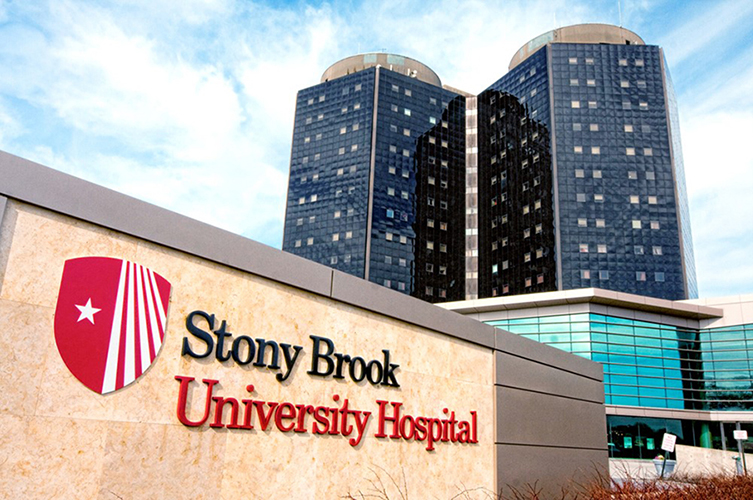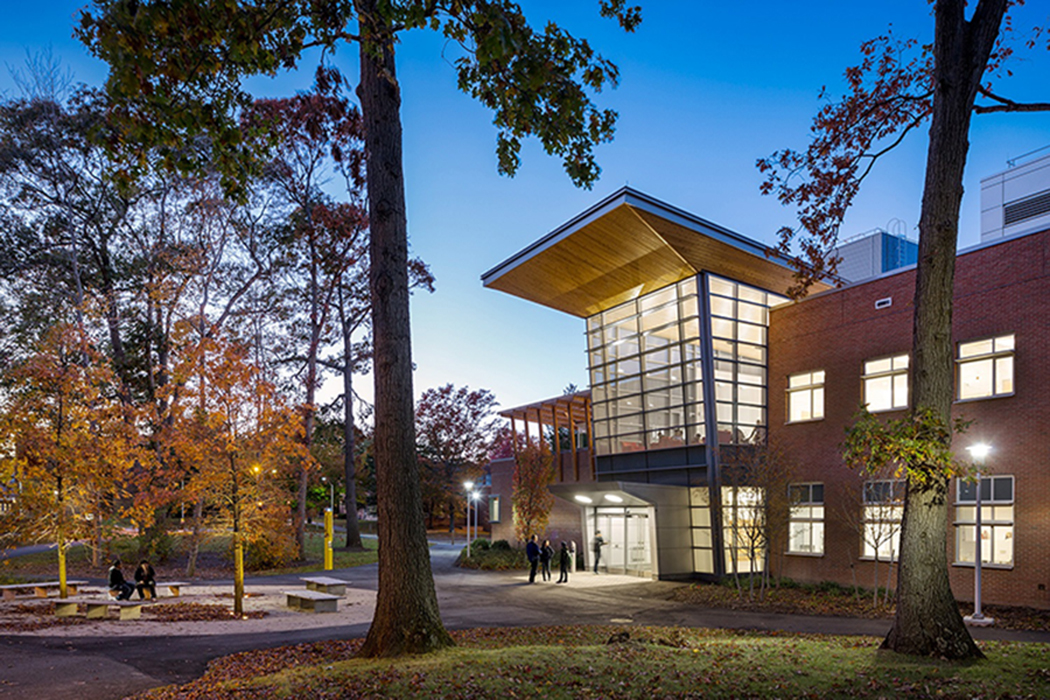Computer Science team develops in-house platform for Stony Brook’s Renaissance School of Medicine
 The Renaissance School of Medicine at Stony Brook University deployed a new in-house COVID Surveillance Screening platform developed by Computer Science faculty and students. The platform was developed by Computer Science Professors IV Ramakrishnan and Paul Fodor and students Paras Avkirkar, Ujwal Vemula and Karan Shah. The team partnered with Stony Brook Medicine Information Technology, Division of Information Technology, Employee Health, Clinical Transformation, Project Management, and ADNAS, whose technology powers the COVID Test analysis and provided world class software for an industrial solution where none existed.
The Renaissance School of Medicine at Stony Brook University deployed a new in-house COVID Surveillance Screening platform developed by Computer Science faculty and students. The platform was developed by Computer Science Professors IV Ramakrishnan and Paul Fodor and students Paras Avkirkar, Ujwal Vemula and Karan Shah. The team partnered with Stony Brook Medicine Information Technology, Division of Information Technology, Employee Health, Clinical Transformation, Project Management, and ADNAS, whose technology powers the COVID Test analysis and provided world class software for an industrial solution where none existed.

The platform uses the concept of pool testing, a procedure that breaks up the task of identifying the presence of a viral disease by testing groups of specimens rather than on individual ones. During a pandemic such as COVID-19, virus detection and screening can be done much faster using such pool testing designs rather than testing each sample individually, making it possible to test a large number of specimens very rapidly. If the positivity rate is low enough, then most of the pools will test negative and no additional testing will be needed. The specimens in pools that do test positive must, however, be tested individually to identify the infected individual(s). The screening platform was fully deployed on December 8, 2020 with 200 employees being tested. By noon that day all the results were in and the infected individuals identified. Dr. Gerald Kelly, DO, Chief Information Officer for the Stony Brook Hospital stated: "The results exceeded our expectations. Folks checked in and specimens were collected within a minute. This allows for caregivers to be tested more regularly to make the environment safer for everyone. Every minute saved is a minute given back to patient care, studying, or teaching.”

It took the team under four weeks to build the software in-house, design the fast collection workflow of specimen collection using barcodes and radio-frequency identification (RFID), deploy an advanced robot-based laboratory system, develop the operation workflow and logistics to test specimens in a pooled fashion, and finally educate the pathology staff to use the software system. The system was finally integrated with the existing hospital electronic medical records (EMR) system. The new software system allows lab staff members to enter specimens with minimum human interaction, making it very usable given the complexity of sterile testing environments where they work in a full gear suit under a testing hood. All phases of testing, like specimen collection, pooling, well-transfer and disambiguation are done by scanning barcodes and RFID tags and automatic population of fields, increasing the reliability and efficiency of testing.
Samir Das, Chair of the Department of Computer Science said “This is an example of the direct education of our students and the multidisciplinary research and development developed between the department, the University Hospital and industry for the development of real life software solutions.”
The team will continue its work and is now collaborating on the development of a COVID Mass Vaccination Project to be rolled out later this month for the healthcare providers, employees, students and the community.

